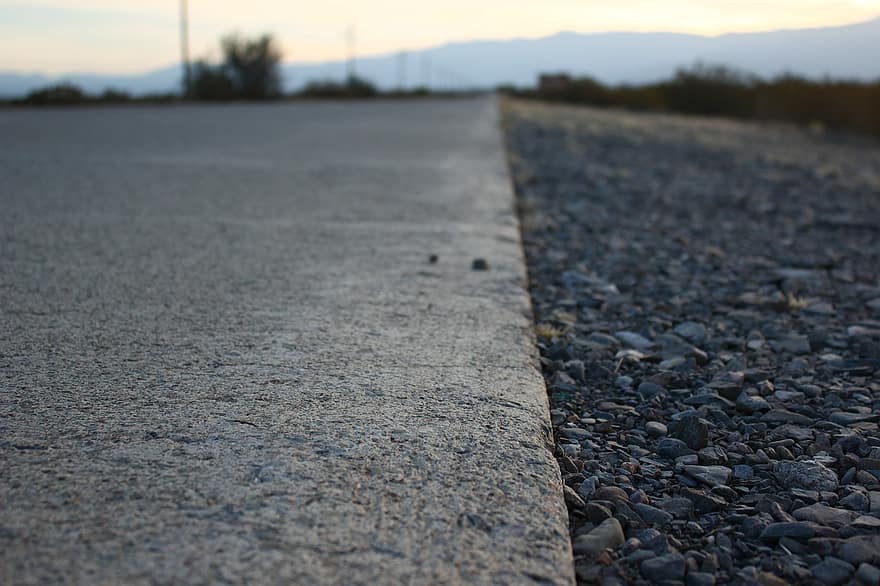Next October it will be 11 years since the first issuance of a CKD in the Mexican market. RCOCB_09 issued by Red de Carreteras del Occidente (infrastructure sector), was the first CKD that was placed on the Mexican Stock Exchange that gave institutional investors access to private equity through a public vehicle. RCOCB_09 presents a net IRR in pesos of 15.2% and if the inflows and outflows at the exchange rate of each movement are considered, the net IRR in dollars is 10.3% in accordance with own estimates prepared with public information from the issuer (august 31, 2020). These IRRs are good considering that the investment takes 11 years and that it will expire in April 2038, that is, in 18 more years.
Just as we have this success story for the 164 CKDs and CERPIs as of August 31, trying to assess the performance of an entire industry that is worth 31.538 million dollars in committed capital of which just over half has been called (57%) equivalent to 18.012 million dollars; The issue becomes more complex since when weighting all the CKDs and CERPIs, the net IRR in pesos does not reach two digits since the resource requirements and distributions are different and of course the valuation of the investments they generate in what individual issuers and the different sectors (7) to which they belong. In addition to the above, there is the problem that in the first three years (2009 to 2012), the CKDs were pre-funded at 100% (29 of the 164 CKDs and CERPIs).
So far only two CKDS have expired and another six are identified that could expire this year so these two CKDs and six to expire cannot tell the story of the 164 that there are. It cannot be ruled out that some of these CKDs exercise the possibility they have of postponing their expiration.
At an aggregate level, in the entire life of CKDs the best years have been 2009, 2013, 2014, 2018 and 2019, which present an IRR between 7 and 10% which has been improving as time passes. The years 2009 and 2013 practically already called 100% of the capital committed (100 and 96%), while in 2014 they are 71% and in 2018 and 2019 they are between 30 and 25% of the capital called, so as the new investments are made, the observed IRRs will be modified.
The sectors with the best IRR in pesos are the fund of funds, credit, infrastructure and real estate sectors as of August 31.

When reviewing the 15 highest sector IRRs per year from 2008 to date, we have IRRs that are between 8.0% and 16.5%. The infrastructure sector is the one that has had four very good years such as 2009, 2010, 2012 and 2015. The credit sector has had three good years (2012, 2014 and 2019), and with two good years are the real estate sectors , energy and private capital.

Although the IRRs shown are not yet outstanding in the averages, there are 36 CKDs (as of August 31) that present IRRs above 10% that represent 22% of the 164 CKDs. Another interesting fact is that only 46 CKDs have called 100% of the committed capital, which means 28% of the total supply of CKDs and CERPIs.
Several factors make CKDs underperform so far:
- For the institutional investor (insurance companies and AFOREs, among others) to participate in private equity, it was necessary to create a public instrument that was listed on the stock market. This meant incurring issuance and placement expenses, among others, that a global private equity fund does not incur.
- The money has not been called 100% so many of the investments are still in their initial phase. All CKDs and CERPIs are missing 9 years on average where 57 will begin to expire as of 2030.
- There are 29 CKDs that were pre-funded (100% of the capital called in their placement).
- The average supply of CKDs is 13 per year, where, for example, there was the case that 38 were placed in 2018. That year the offer was important since the CERPIs were allowed to invest 90% of their resources globally.
Of course, there are good and bad years; There are sectors that require more time to present results and it must also be recognized that there have been good and bad CKDs, but those can only be seen as they expire. The observed IRRs will continue to change and little by little results will be seen.

Column by Arturo Hanono

